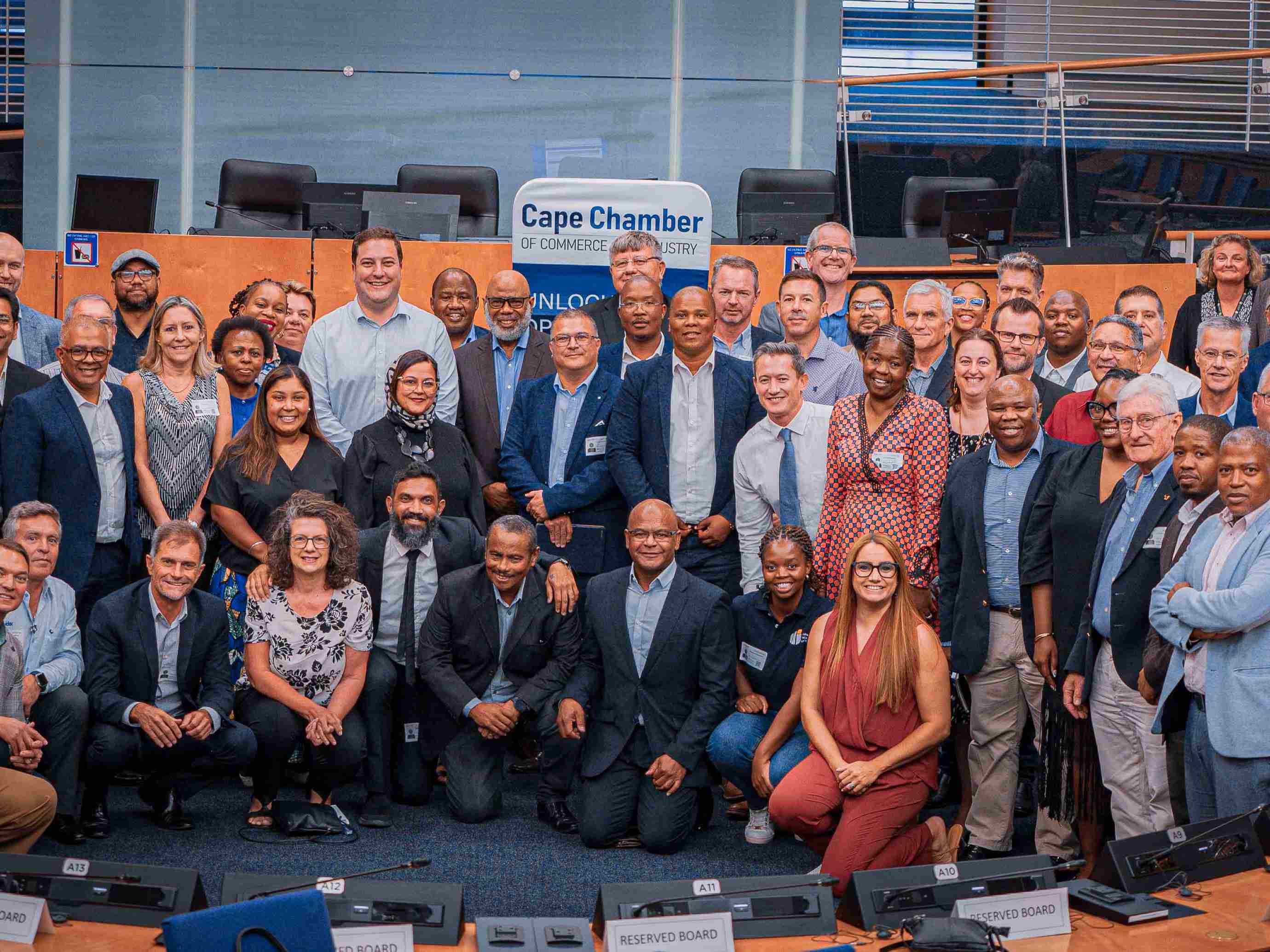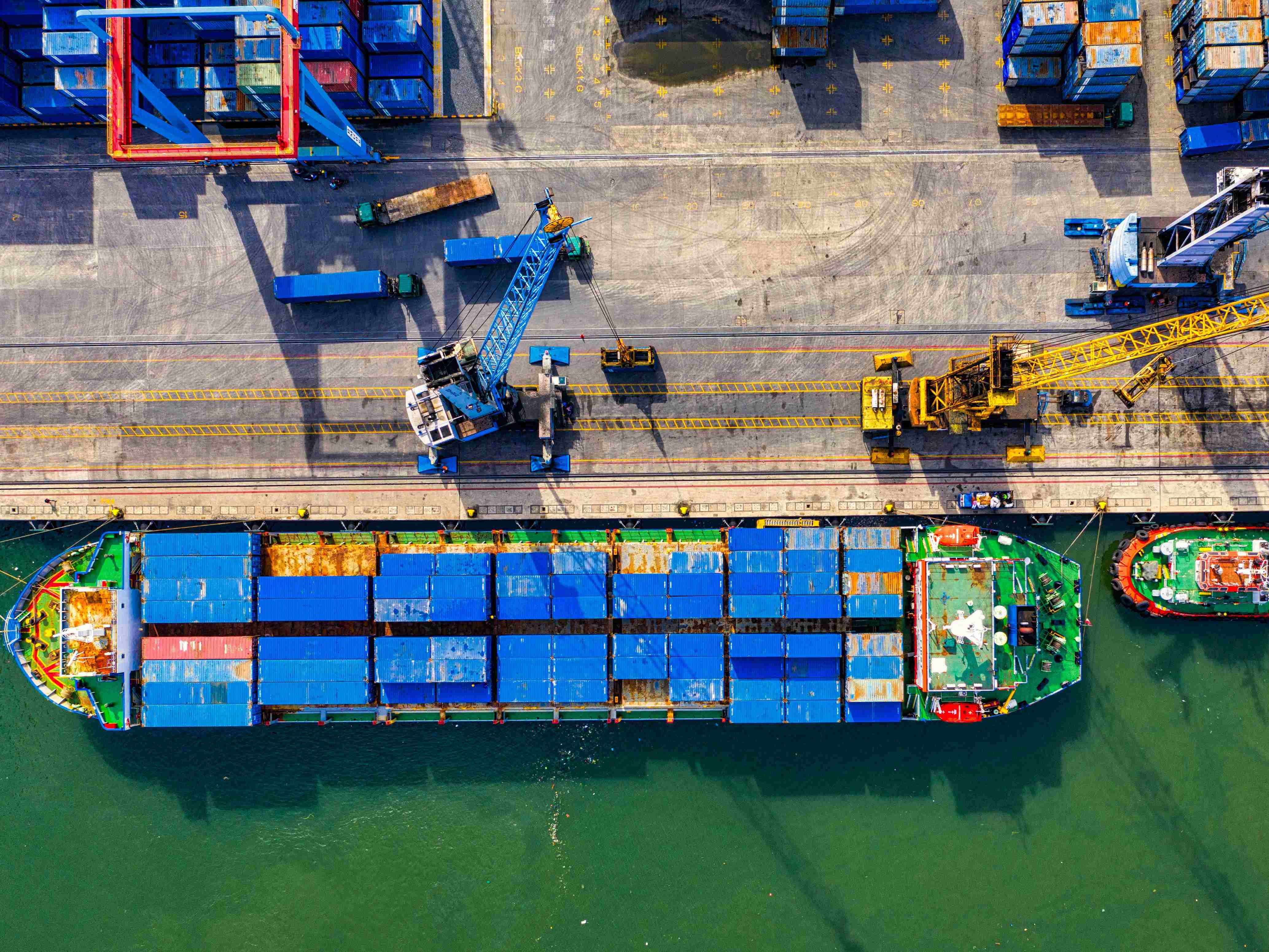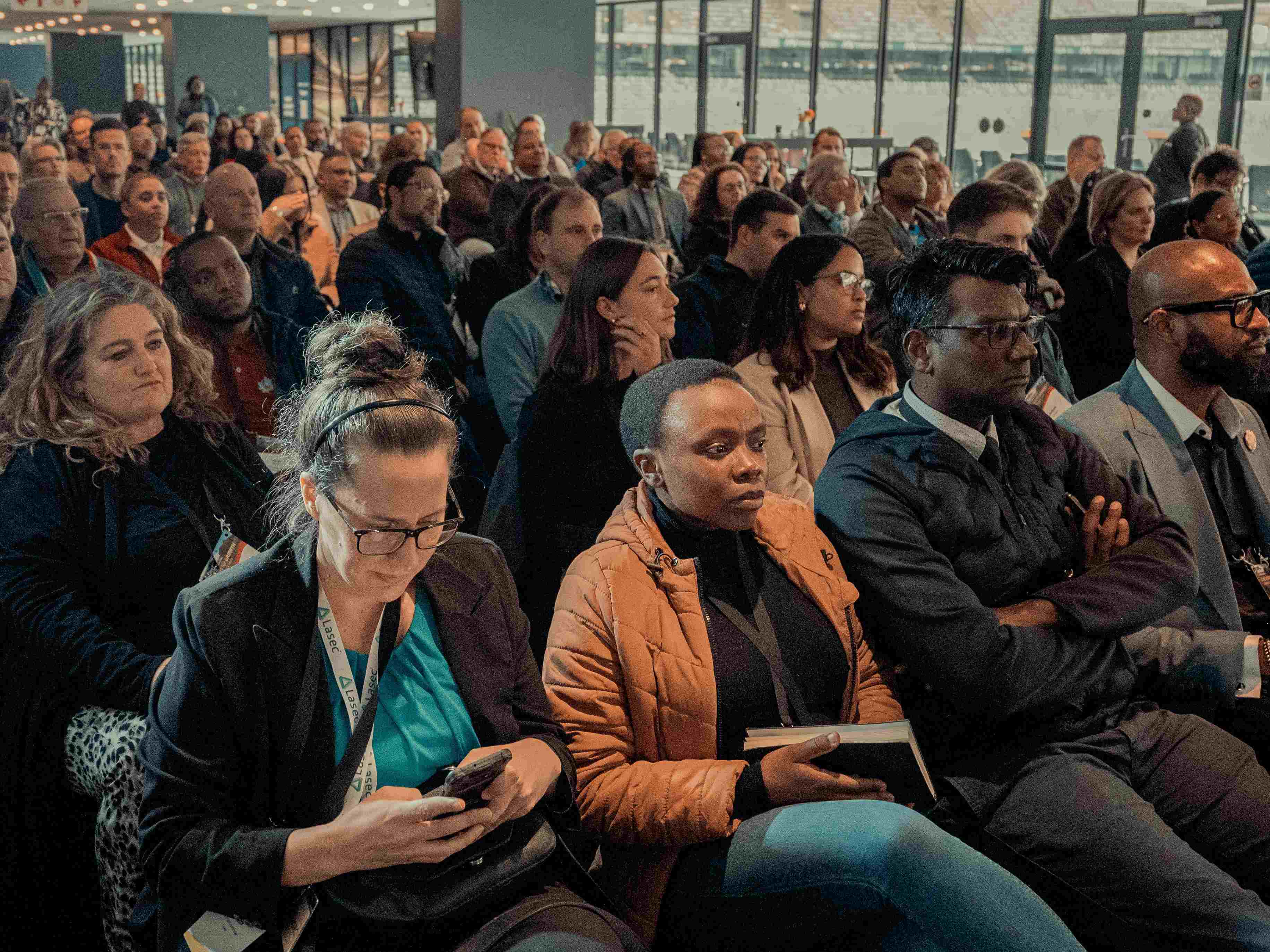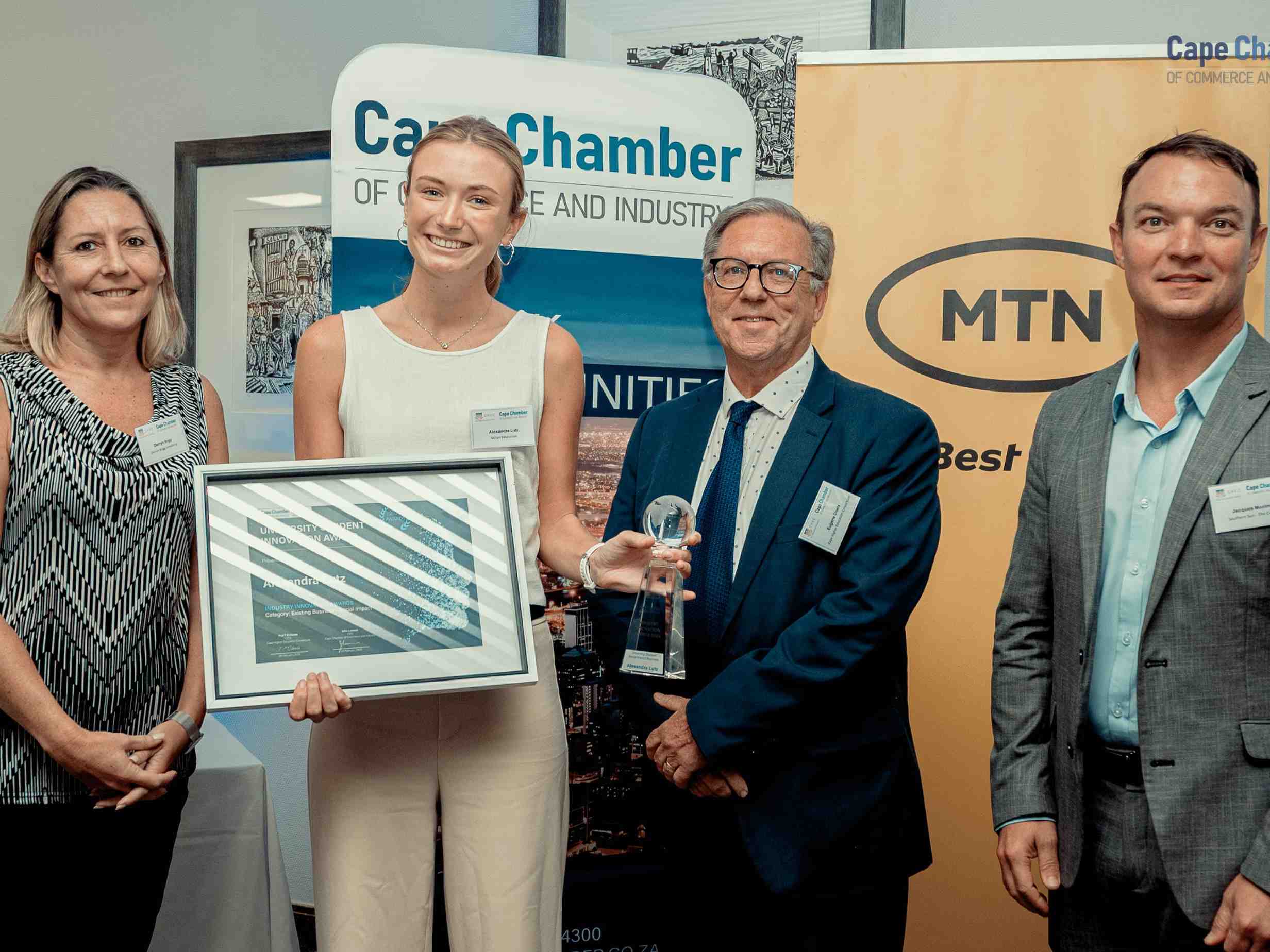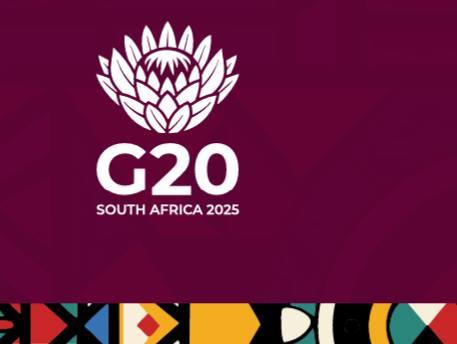Join us to shape a better future, contact Secretariats:
Narieman Solomon Tariro Chivige

Sustainable Development Goals (SDG) Indicators
a. SDG Goal 14. Conserve and sustainably use the oceans, seas and marine resources for sustainable development
i. 14.1.1 Index of coastal eutrophication and floating plastic debris density
ii. 14.2.1 Proportion of national exclusive economic zones managed using ecosystem-based approaches
iii. 14.3.1 Average marine acidity (pH) measured at agreed suite of representative sampling stations
iv. 14.4.1 Proportion of fish stocks within biologically sustainable levels
v. 14.5.1 Coverage of protected areas in relation to marine areas
vi. 14.6.1 Degree of implementation of international instruments aiming to combat illegal, unreported and unregulated fishing
vii. 14.7.1 Sustainable fisheries as a proportion of GDP in small island developing States, least developed countries and all countries
b. SDG Goal 15. Protect, restore and promote sustainable use of terrestrial ecosystems, sustainably manage forests, combat desertification, and halt and reverse land degradation and halt biodiversity loss
i. 15.1.1 Forest area as a proportion of total land area
ii. 15.1.2 Proportion of important sites for terrestrial and freshwater biodiversity that are covered by protected areas, by ecosystem type
iii. 15.2.1 Progress towards sustainable forest management
iv. 15.3.1 Proportion of land that is degraded over total land area
v. 15.4.1 Coverage by protected areas of important sites for mountain biodiversity
vi. 15.4.2 Mountain Green Cover Index
vii. 15.5.1 Red List Index
viii. 15.6.1 Number of countries that have adopted legislative, administrative and policy frameworks to ensure fair and equitable sharing of benefits
ix. 15.7.1 Proportion of traded wildlife that was poached or illicitly trafficked
x. 15.8.1 Proportion of countries adopting relevant national legislation and adequately resourcing the prevention or control of invasive alien species
xi. 15.9.1 Progress towards national targets established in accordance with Aichi Biodiversity Target 2 of the Strategic Plan for Biodiversity 2011–2020
The Chamber contributes to the strengthening of the business environment by:
1. Supporting regional sector and value chain development programmes - for firms to express their concerns about issues affecting business in their sub-sector and to steer systematic improvement to realise faster growth of the sub-sector.
2. Supporting Business retention and expansion programmes - to steer systematic improvement of their local business environment.
3. Facilitating dialogue with the public sector - towards more effective public investment, smarter service delivery, procurement efficacy and to stop doing what the private sector can do with greater efficacy.
4. Creating large-scale awareness of issues concerning business, which needs to be rectified by the public sector or other responsible parties. Various platforms are utilised including events with key stakeholders, traditional media and social media.
Natural capital, the sum total of natural assets that underpin human civilisation, is understandably also a key factor shaping the business environment.
In the Western Cape, with its thriving tourism sector, Natural Capital is a foreground issue rather than an addendum to other business metrics. The Province’s iconic natural wonders and wilderness areas, with Table Mountain the most obvious example, have a direct bearing on the well-being of one of the Province’s most lucrative business sectors.
Cape Town’s recent drought crisis illustrates the importance of Natural Capital to the economy’s operational capacity. The drought also illustrates the importance of forward planning and adherence to policies predicated on sustainability. An Economic-growth-at-all-costs approach ultimately makes no business sense if it undermines the Natural Capital of the system it depends upon. The prospect of Day Zero in Cape Town brought into stark relief the importance of utilising Natural Capital in a sustainable way, for instance by storing storm-water in natural aquifers.
Similarly, the preservation of natural heritage areas and natural biodiversity could have an unquantifiable impact on other sectors like Agriculture and Health. Covid is itself an example of how human use of Natural Capital can have unforeseen and sometimes catastrophic consequences.
Protecting our Natural Capital also requires the necessary monitoring and research expertise. The Western Cape is fortunate to attract world-class researchers in both the public and private sectors who combine to provide a detailed picture of our natural environment. The Council for Geoscience,
The Freshwater Institute, and the South African Maritime Safety Authority – are some examples of institutions mandated to help regulate, monitor and research our Natural Capital for our mutual benefit.
Companies increasingly need to be aware of their sustainability index in an era where climate change will increasingly affect business and governance decisions.
Join us to to make a difference!

